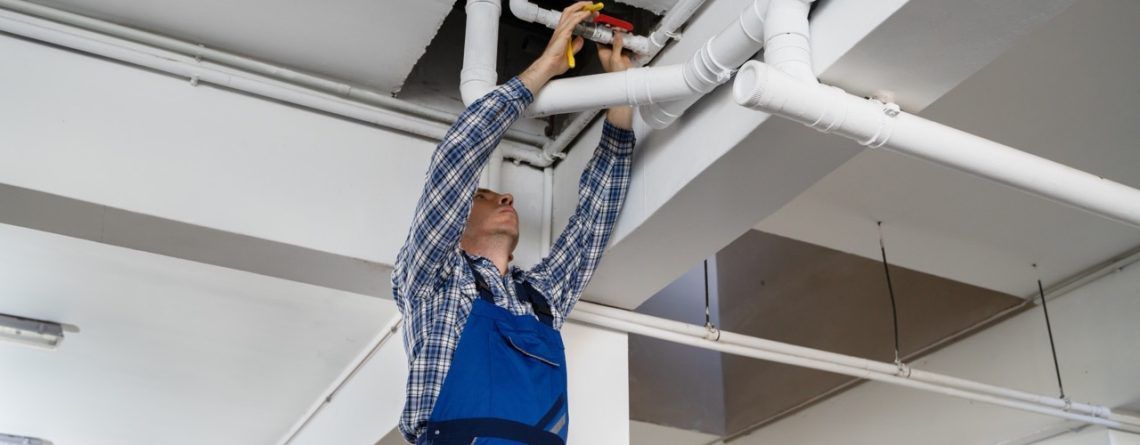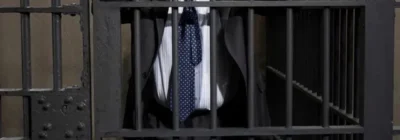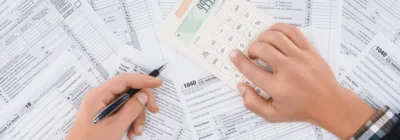Who should take care of the repairs of a rented premises?
Patrick Gordinne Perez2025-03-11T06:17:43+00:00I am not responsible for all the repairs to the premises I am going to rent.
You are going to occupy a premises as a tenant. However, when reviewing the proposed commercial premises rental contract provided by the owner, you see that it obliges you to assume all the repairs that need to be made, and you are not willing to accept this. But what are necessary repairs?
In leases, in terms of repairs, the LAU establishes the following rules:
Necessary Repairs.
The landlord is obliged to carry out (without the right to raise the rent) the necessary repairs to keep the property in habitable conditions to serve the agreed use (unless the deterioration is attributable to the tenant). For example, the repair of a roof to prevent leaks or the repair of water pipes.
Small Repairs due to wear and tear. On the other hand, small repairs required by wear and tear due to ordinary use are the responsibility of the tenant. For example, a blocked sink drain, a cistern repair, etc.
Homes and premises
These rules apply to residential leases, but not to leases for non-residential purposes (premises, industrial warehouses, offices, etc.), as these leases are governed primarily by the will of the contracting parties. Attention!
Therefore, the clause proposed by the landlord is valid and, if you accept it, you risk having to assume high costs in the future. Therefore:
- Insist that the landlord applies the rules indicated (on the grounds that this is the repair regime established by law).
- If the landlord does not accept and you really want to rent the premises, see some intermediate formulas that can limit your potential liability for repairs.
More balanced formulas
Type of work. If you have no choice but to undertake the repairs necessary to preserve the premises, one possibility is to exclude from said commitment the damages in the most important elements (and that they are the responsibility of the landlord), since they are the ones that can entail higher costs. For example:
- You can agree that the landlord must carry out at his own expense in all cases the necessary conservation and repair works in the structure, roof, facades or installations of the premises.
- If the premises are located in a building divided into horizontal property, add that any repair or conservation work carried out on the common elements of the property will be the responsibility of the landlord.
“The Tenant, expressly waiving the provisions of article 30 in relation to article 21 of the LAU, is obliged to carry out the necessary repairs to keep the premises in condition to serve the agreed use, except for the repairs that affect the structure, roof, facades or installations of the premises, which will all be assumed and in any case by the Landlord at his own expense, without the right to increase the rent for this.”
Quantitative limit
Another option is that you assume the necessary repairs, but establishing a limit amount, beyond which the landlord will be responsible for the repairs. Note. In this regard:
- Limit per repair. One possibility is to agree on a limit amount per repair, so that the landlord assumes the repairs that are higher than this amount, while the repairs that are below will be the responsibility of the tenant.
- Global limit. Another option is to agree on a maximum and global amount, so that the tenant is responsible for the repairs up to a limit amount, beyond which any repairs will be the responsibility of the landlord.
Note. The advantage for you of this second option is that you already know in advance the maximum amount for which you can be responsible for this concept during the entire term of the contract.
This clause is valid, since leases for use other than housing are governed first of all by the will of the parties. Try not to accept this clause; and if you have no choice but to do so, limit your potential liability for this concept.






